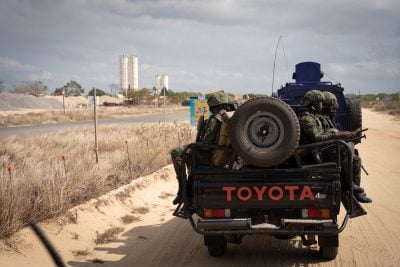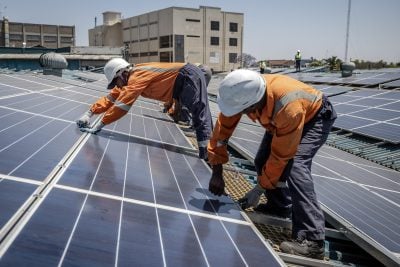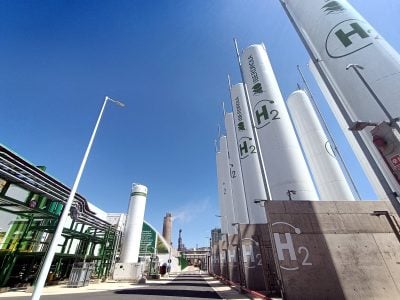A European Union plan to make Europe independent from Russian fossil fuels before 2030 calls for renewed dialogue with African producers of LNG and hydrogen.
As part of its approved REPowerEU Plan, first commissioned by the European Council two months ago, the EU aims to conclude a trilateral agreement with Egypt and Israel on supplying Europe with LNG. In addition, the European Commission says it wishes to restart the energy dialogue with Algeria and is considering the untapped LNG potential of West African countries such as Nigeria, Senegal, and Angola.
REPowerEU Plan includes immediate measures on energy savings, diversification of energy supplies, and accelerated roll-out of renewable energy, in a bid to end Russian gas imports while tackling the climate crisis.
The EU has already secured record levels of LNG imports from international partners since the beginning of the year. From January to April 2022, 42 bcm of LNG were delivered to the continent, representing approximately 10% of EU gas consumption in 2020. Although most of these deliveries come from the United States, the EU’s REPowerEU Plan looks progressively southward for alternative partners. The new strategy outlines Brussels’s short-term objectives to develop new partnerships with gas producers’ countries, as well as enhance cooperation in the hydrogen sector.
Growing demand for renewable hydrogen
The EU is also looking for global partners to increase the share of renewable hydrogen in its energy mix, in which African countries are set to be major actors. The REPowerEU Plan sets out that hydrogen partnerships in Africa will facilitate the import of 10 million tonnes of hydrogen by 2030, replacing approximately 18 bcm of imported Russian gas.
“A region with a particularly high potential to generate renewable hydrogen is the southern Mediterranean,” says the European Commission.
“However, this market has yet to be developed and requires, globally, a significant expansion of renewable production and the availability of water,” it added.
Bilateral engagements are already underway to secure the development of an efficient renewable hydrogen trade between the two shores of the Mediterranean. Last year, the European Commission launched work on an EU-Morocco Green Partnership. More recently, an EU-Egypt Hydrogen Partnership was discussed in Cairo, which aims to be “the first stepping stone for broader renewable hydrogen cooperation between Europe, Africa and the Gulf, another area of abundant resources for producing hydrogen,” says the European Commission.
Many African countries have already announced the development of green hydrogen projects, attracting the interest of the EU industry. Egypt and Zimbabwe, for instance, have already installed over 100 megawatts (MW) of electrolysers. Electrolysis is the process of using electricity to split water into hydrogen and oxygen.
Want to continue reading? Subscribe today.
You've read all your free articles for this month! Subscribe now to enjoy full access to our content.
Digital Monthly
£8.00 / month
Receive full unlimited access to our articles, opinions, podcasts and more.
Digital Yearly
£70.00 / year
Our best value offer - save £26 and gain access to all of our digital content for an entire year!
 Sign in with Google
Sign in with Google 



